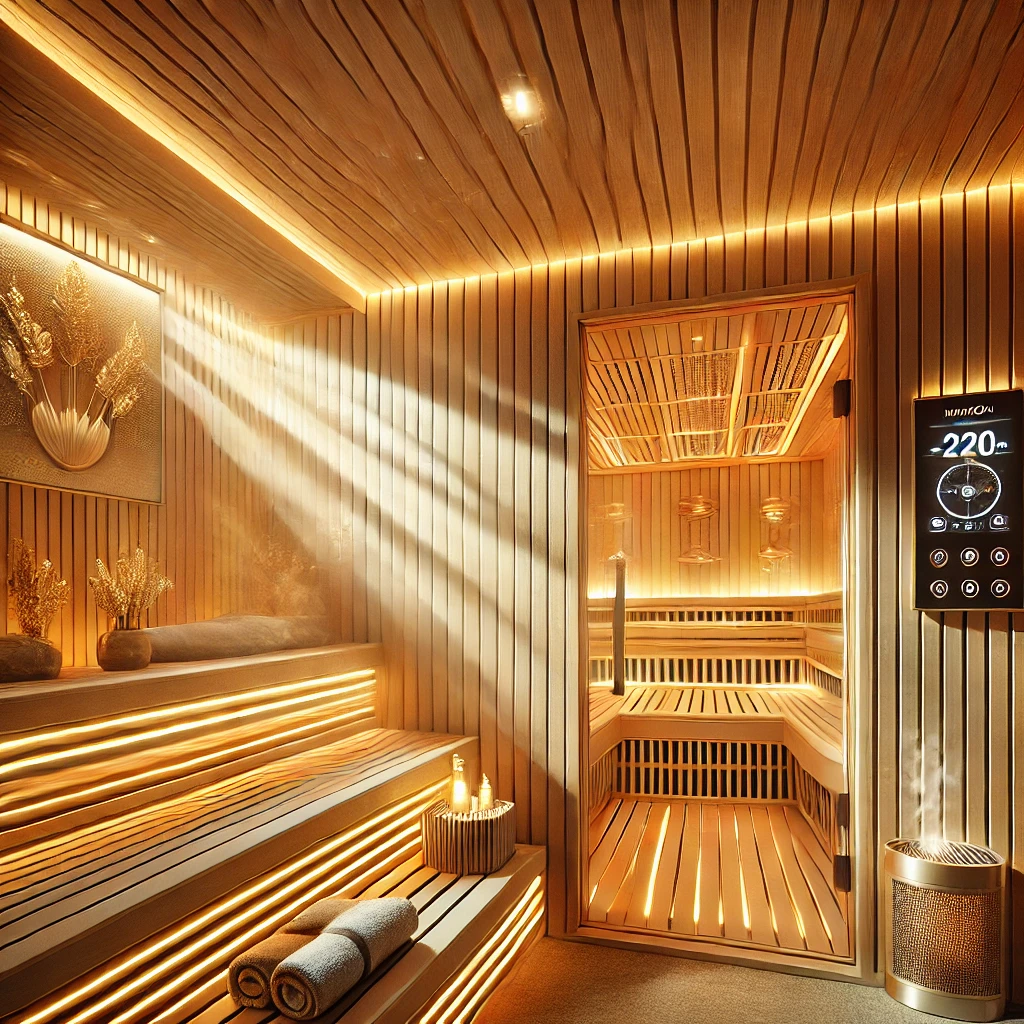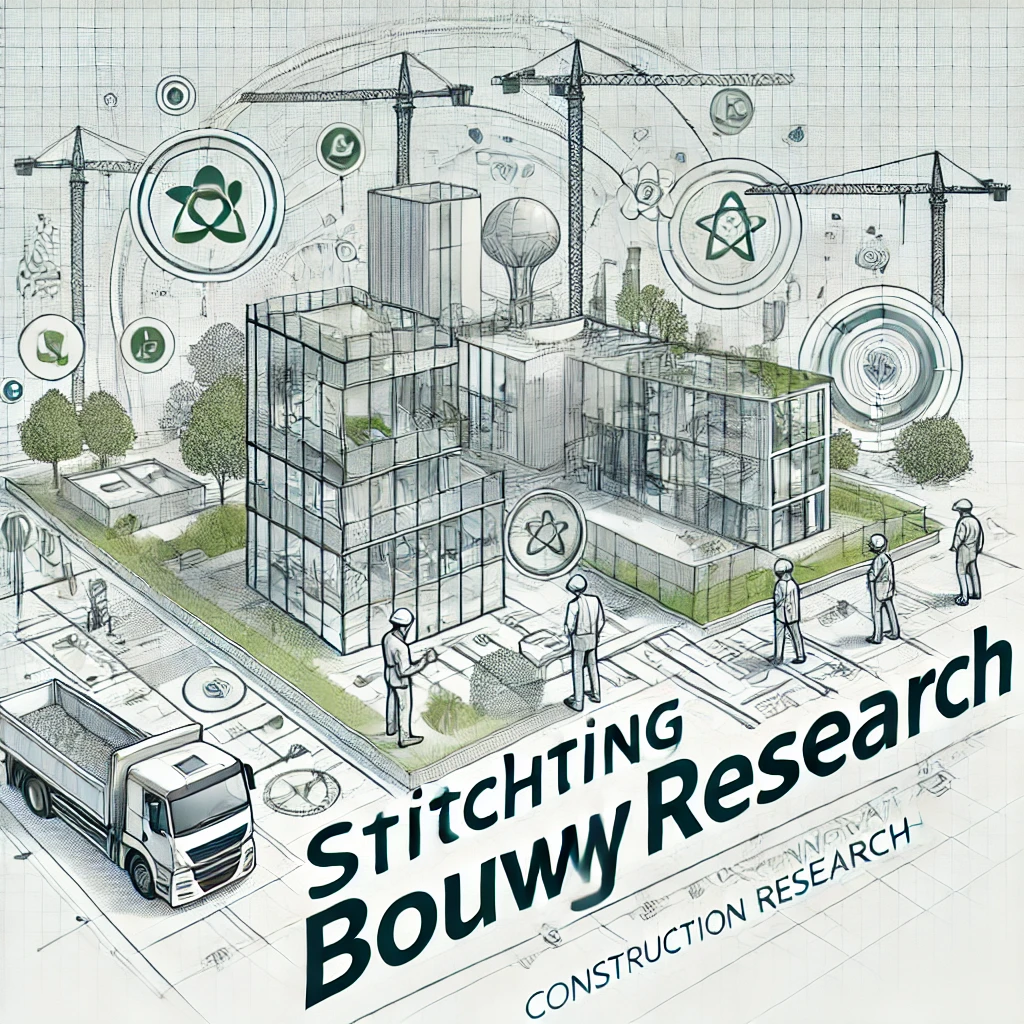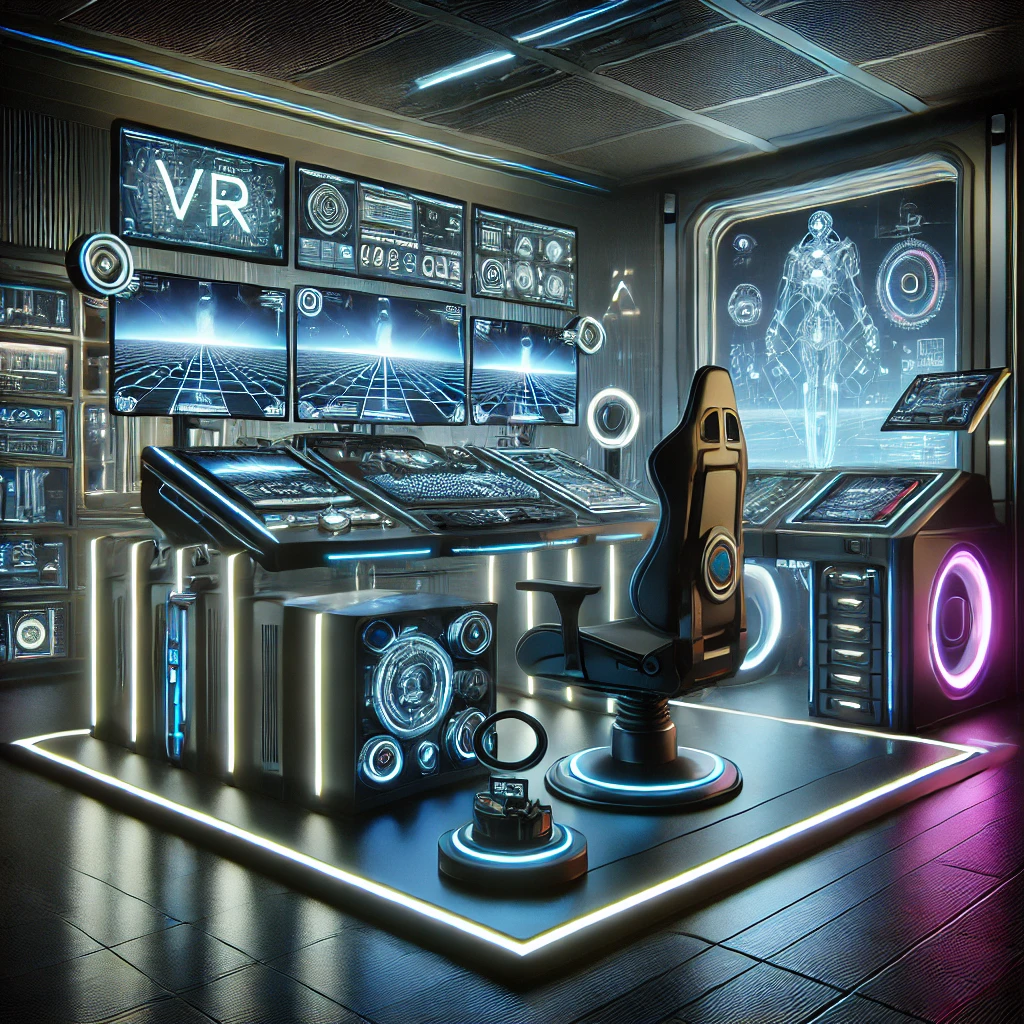Virtual Reality (VR) technology is revolutionizing the way we experience digital content by creating immersive, interactive environments. From gaming and entertainment to healthcare and education, VR is transforming multiple industries and enhancing how we engage with the virtual world.
What is VR Technology?
Virtual Reality (VR) is a technology that uses computer-generated environments to simulate real or imagined experiences. By wearing VR headsets, users can enter a fully immersive 3D world where they can interact with objects and environments as if they were physically present. VR relies on sensors, motion tracking, and advanced graphics to provide a seamless and realistic experience.
Key Features of VR Technology
- Immersive Visuals
VR headsets provide high-resolution displays and a 360-degree field of view, making the virtual world feel lifelike. - Motion Tracking
Sensors track head, hand, and body movements to allow users to interact with the virtual environment naturally. - 3D Spatial Audio
VR systems offer realistic soundscapes that change based on the user’s position and movements. - Haptic Feedback
Some VR devices include gloves and controllers that provide tactile feedback, enhancing the sense of touch. - Wireless Connectivity
Many modern VR headsets offer wireless capabilities for a more flexible and unrestricted experience.
Applications of VR Technology
- Gaming: VR gaming allows players to become fully immersed in virtual worlds, enhancing the gaming experience with interactive environments.
- Healthcare: VR is used for medical training, pain management, and therapy to help patients with physical and mental health challenges.
- Education: VR provides immersive learning experiences, enabling students to explore historical sites, conduct virtual science experiments, and more.
- Real Estate: Virtual tours allow potential buyers to explore properties remotely with a 360-degree perspective.
- Training and Simulations: Industries such as aviation and military use VR to provide realistic simulations for training purposes.
Benefits of VR Technology
- Enhanced Engagement: VR captures attention like no other medium, making learning and entertainment more engaging.
- Remote Accessibility: Users can experience events, places, and training without physically being present.
- Improved Learning: VR provides hands-on, experiential learning opportunities across various fields.
- Safe Simulations: Training in high-risk industries can be done safely through virtual simulations.
- Entertainment Revolution: VR is transforming how we watch movies, play games, and interact socially in virtual spaces.
Challenges of VR Technology
- High Costs: VR headsets and compatible devices can be expensive for consumers and businesses.
- Motion Sickness: Some users experience dizziness or nausea due to VR’s immersive nature.
- Technical Limitations: Achieving hyper-realistic graphics requires powerful hardware, which can limit accessibility.
- Limited Content: Although growing, VR content is still not as widely available as traditional media.
FAQs About VR Technology
1. What do I need to experience VR at home?
You’ll need a VR headset, a compatible computer or gaming console, and VR-ready content or applications.
2. Can VR be used for fitness?
Yes, VR fitness apps offer workouts and activities that make exercise fun and engaging.
3. Is VR safe for children?
Most VR manufacturers recommend their devices for users aged 12 and older, as prolonged use may affect eye development.
4. How does VR differ from Augmented Reality (AR)?
VR creates a fully immersive environment, while AR overlays digital elements onto the real world.
5. What are some popular VR headsets available?
Popular options include the Oculus Quest, PlayStation VR, HTC Vive, and Valve Index.
Conclusion
VR technology is rapidly evolving and offers limitless possibilities across various sectors, from entertainment to education and beyond. As hardware and software continue to improve, VR is expected to become more accessible and integrated into our daily lives.
Whether you’re exploring new virtual worlds for fun or using VR for professional training, this technology is reshaping the way we experience reality.














